Android Central Verdict
The Poco X5 isn't a huge step up from previous Poco mid-rangers, but is a sound purchase if you’re looking for a stunning screen, impressive battery life, and can live with its limitations. Taken together, all the good elements are individually hard to come by for this price.
Pros
- +
Silky-smooth 120Hz screen
- +
Impressive battery life
- +
Good value for money
Cons
- -
Underwhelming speaker
- -
Frequent stutters
- -
Heavy loads of bloatware
Why you can trust Android Central
Head-turning Poco smartphones of old never lacked standout characteristics in one area or another, a trend spearheaded by the Pocophone F1 and carried over by the Poco F3 and Poco X3 series. For their sheer value, all of those iconic models were the budget phones to beat in their respective eras.
Xiaomi's direction for its sub-brand in succeeding years became less clear, and this is not aided by more recent models such as the Poco X4 Pro being a rehashed version of a previous Xiaomi model, with a few minor changes.
The Chinese phone maker now takes another crack at the budget phone market with the Poco X5 series. While the regular Poco X5's flagship-level screen and big battery are solid enough by the line's standards, the Poco X5 barely matches the standard-setting performance of its ancestors. Can the phone stack up against many of the best cheap Android phones around? Let's take a deeper look at the device.
Poco X5: Price and availability
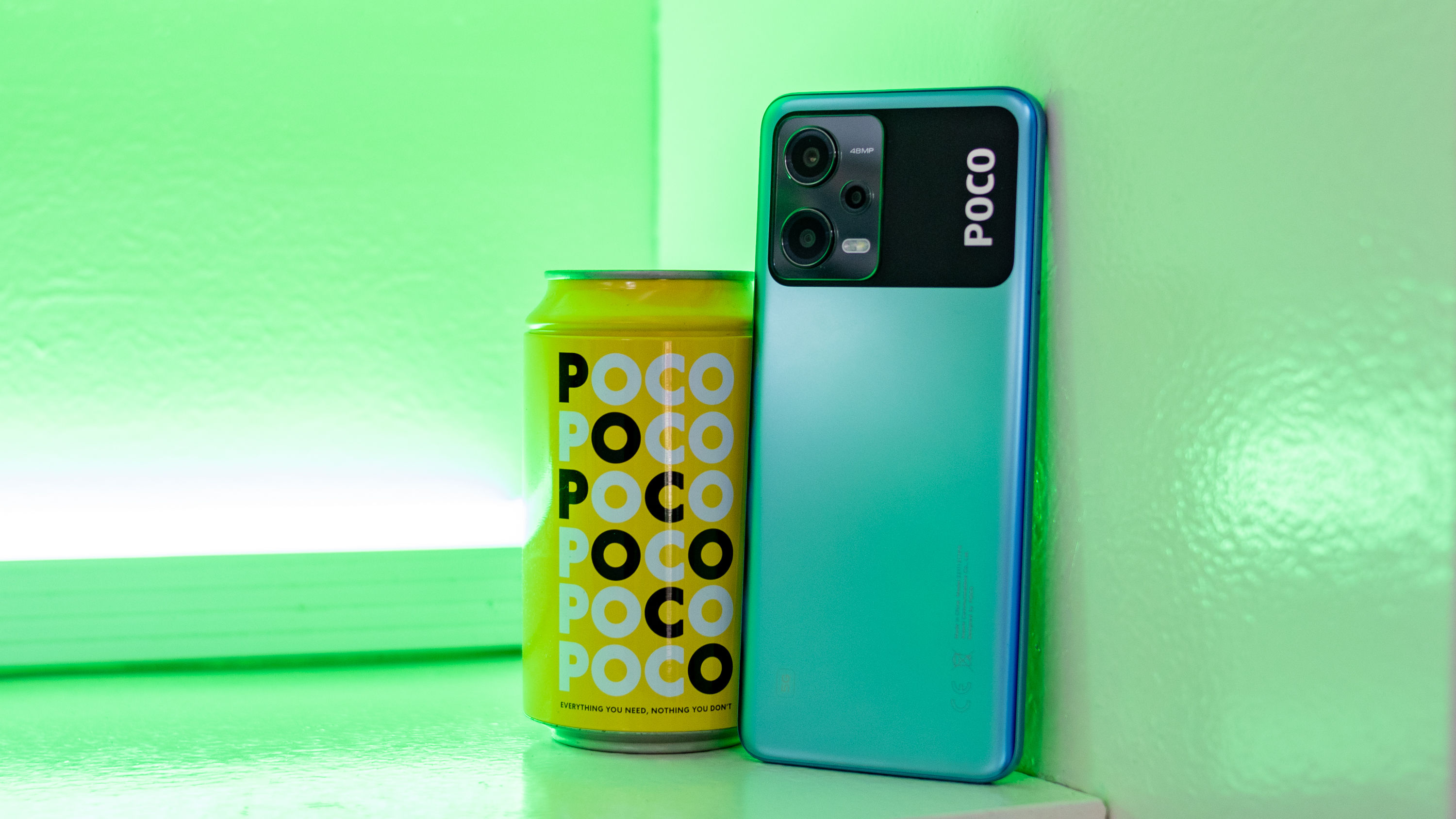
The Poco X5 is available to purchase directly from the Poco website. The 6GB/128GB variant costs £279, while the 8GB/256GB is priced at £319. Poco doesn’t historically sell its phones in the United States, although you can still grab one through AliExpress if you don't mind paying additional customs fees to import the device.
Poco X5: What I like
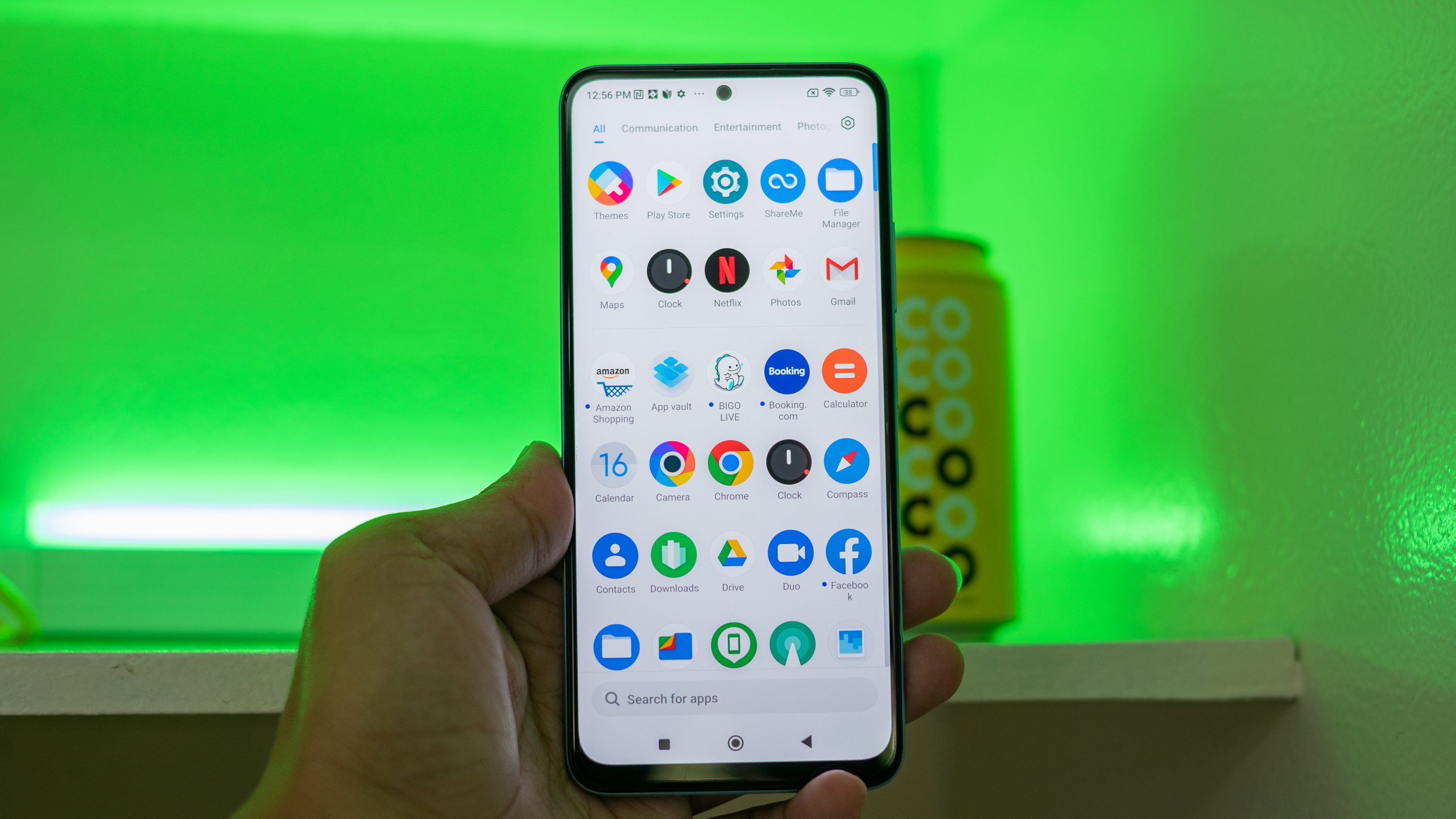
Outside of the curved edges and a thicker chin, the Poco X5 has a similar design to the Poco X5 Pro, with a full-width camera bump and a sleek aesthetic. This has been a trend in recent Poco phones, a significant departure from the company's previous use of flashy back designs with its logo emblazoned in large characters.
Poco slapped a matte finish to the back of the phone, which yields a metallic effect when exposed to light. Seeing the phone in this condition gives the impression that it is a premium device rather than a budget one. That said, the back panel is all plastic. On the plus side, it makes the phone resistant to scratches.
I like how the phone's curved edges on the back panel make it comfortable to hold. I dislike phones with a boxy appearance, so the Poco X5's design appeals to me. While the brick-like design seems to be well-loved by almost everyone, I’m not a fan of it.
Get the latest news from Android Central, your trusted companion in the world of Android
There's also IP53 dust and water splash protection, and as far as I can tell, the device is resistant to these elements. However, there is no water resistance, so keep the phone away from the pool.


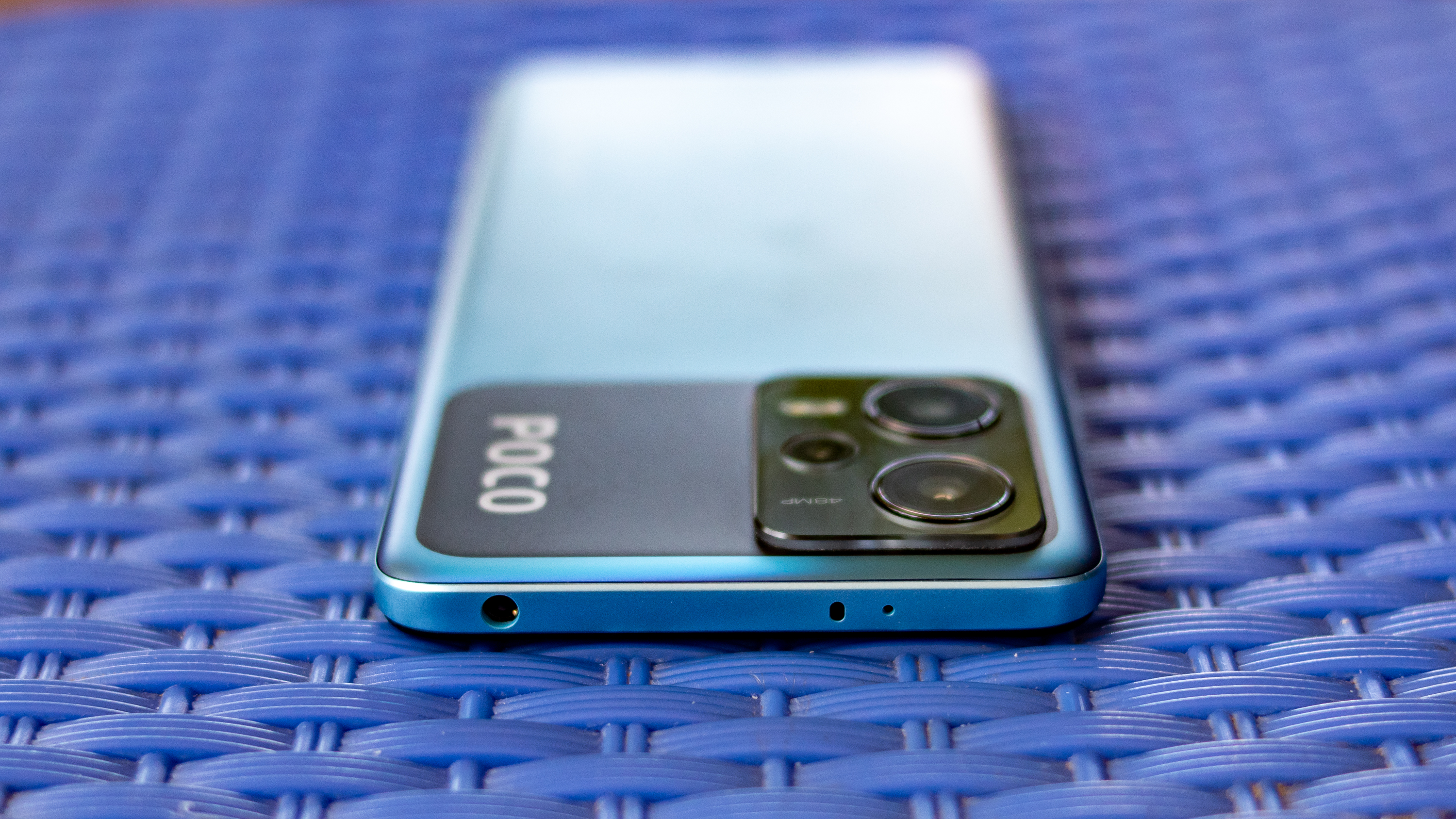
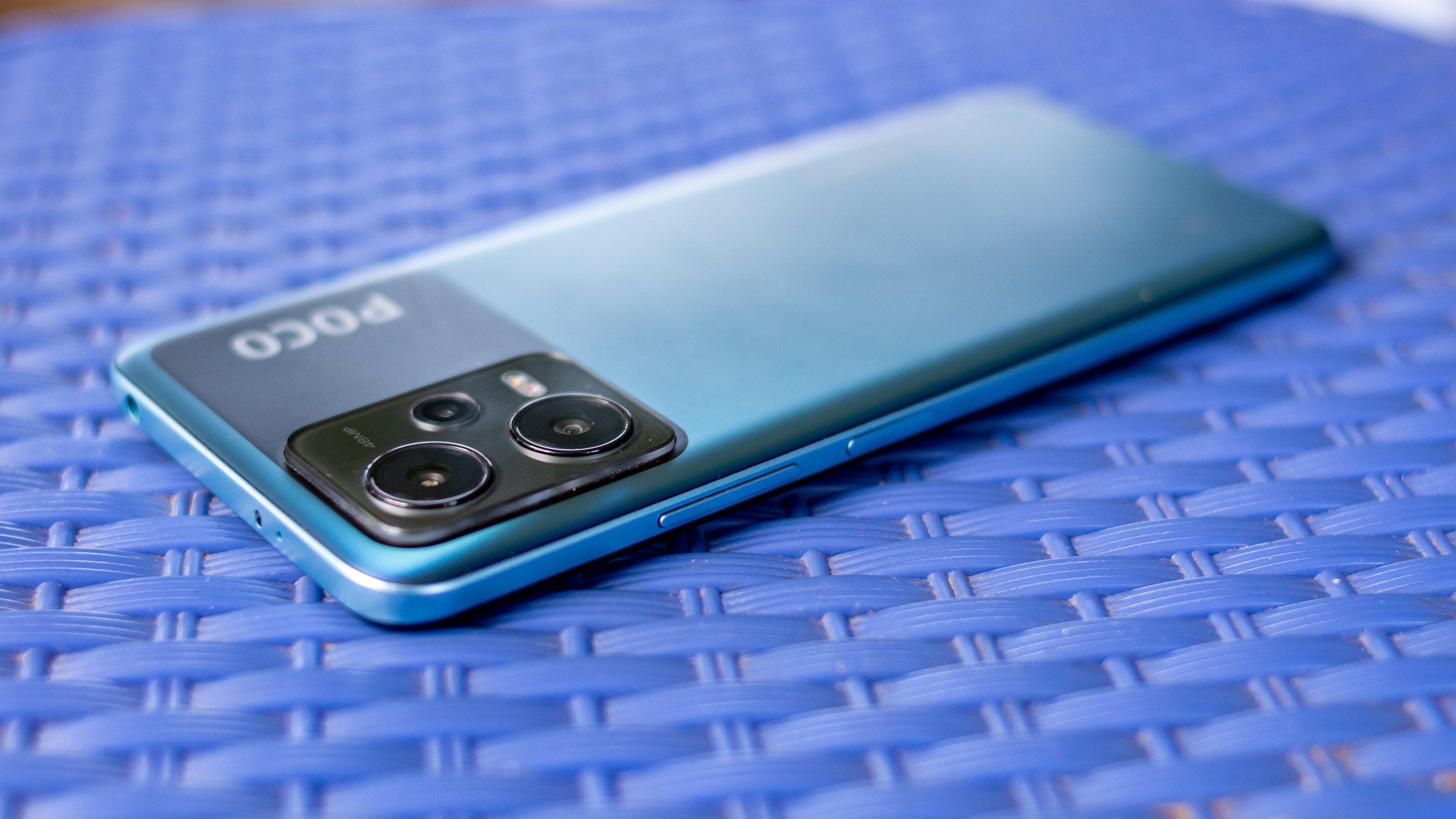

While many mid-range phone displays are often a letdown in this price range, the Poco X5 quite surprisingly punches above its weight. The handset is equipped with a stunning 6.67-inch FHD+ (2400 x 1080) AMOLED display that's capable of up to a buttery smooth 120Hz refresh rate.
As you'd expect from such specs, responsive navigation when scrolling social media sites and playing games (though the X5's gaming performance is disappointing, as we'll discuss later). There's also a stunning panel here that explodes with vibrant color and makes everything on screen visible in direct sunlight, thanks to its 1200 nits of peak brightness.
The Poco X5 has a stunning 120Hz screen that is difficult to find at this price point.
The colors were accurate and the details were crisp when I watched Netflix videos, making it an excellent device for streaming content and thumbing through photos on Instagram or Pinterest. That's because the device includes full DCI-P3 color support, which produces up to 26% more colors.
All this means that the screen can stack up against the more expensive models, although there's nothing breathtaking about these specs.

On the other hand, the camera is rather a mixed bag. While it doesn't have the 108MP camera of its Pro sibling, the standard model can still take decent shots with great sharpness and detail, but only when taken outside in good lighting conditions. The majority of the photos I've taken with these settings have realistic saturation and exceptional details.
Both the normal Photo option and the 48MP setting produce decent photos that you can brag about on photo-sharing platforms. However, there's a lot to say about the downside of the phone's camera, which will be discussed shortly.
The Poco X5 lacks the ultra-fast charging speed found on the Pro model, but its 5,000mAh battery and included 33W power brick are no slouch. In my more power-hungry days, the phone could survive an entire day away from a charger, provided your usage is limited to social media, light gaming, web browsing, and listening to music for a few hours. By the time I hit the hay, the battery can still manage to keep 23% of its charge for another day.
It won't be surprising if the device dies quickly if you do more intensive tasks like playing Genshin Impact or PUBG Mobile while setting the refresh rate to 120Hz and the brightness to maximum, but for casual daily use, the Poco X5 has an all-day battery life that'll keep you from worrying about your charger's whereabouts.
| Category | Poco X5 |
|---|---|
| Operating System | Android 12, MIUI 13 |
| Display | 6.67-inch 120Hz AMOLED, 2400 x 1080 |
| Chipset | Qualcomm Snapdragon 695 5G (6 nm), 2x2.2 GHz Kryo 660 Gold & 6x1.7 GHz Kryo 660 Silver |
| RAM | 8GB |
| Storage | 256GB |
| Rear camera 1 | 48MP, f/1.8, (wide) |
| Rear camera 2 | 8MP, f/2.2, 118˚ (ultrawide) |
| Rear camera 3 | 2MP, f/2.4, (macro) |
| Front camera | 13MP, f/2.5, (wide) |
| Connectivity | Wi-Fi 802.11 a/b/g/n/ac, NFC, Bluetooth 5.1 |
| Ingress Protection | IP53 |
| Security | Side-mounted fingerprint sensor |
| Audio | Mono speaker, 3.5mm jack |
| Battery | 5000mAh, 33W wired charging |
| Dimensions | 165.9 x 76.2 x 8 mm |
| Weight | 189g |
| Colors | Green, Blue, Black |
Poco X5: What I don't like

Let us now address the elephant in the room. The Poco X5 is powered by the same Qualcomm Snapdragon 695 5G processor that powered the Poco X4 Pro last year. However, when you start to edit pictures on Adobe Lightroom for mobile or play PUBG Mobile, the phone begins to slow down to a crawl. Stutters are here and there when opening apps like Facebook or Chrome, and even exiting them proves sluggish most of the time.
There's a noticeable lag when you switch between apps. While it's not a significant delay by any margin, its frequency becomes annoying over time.
Poco's smartphones have been heavily focused on gaming since the days of the Pocophone F1, and the X5 is no exception. While it is capable of some game titles, I learned to keep my expectations in check. I was able to play my favorite games, such as Genshin Impact, but I had to lower the graphics settings than usual. Even with this compromise, I still experienced lag and low frame rates on several occasions.
The phone's performance with various apps can be hit or miss, with occasional stutters.
For casual users, on the other hand, it packs decent performance, but the competition pips it to the post in this category.
When it comes to charging capabilities, I always look for phones with super-fast charging speeds like the Poco X5 Pro (67W) or the OnePlus 10 Pro (80W). The Poco X5 certainly doesn't have bragging rights in this department, as it only ships with 33W charging speeds. This means that charging the device from zero to 100% takes nearly an hour, compared to 45 minutes for the Pro version.
While I appreciate the phone's camera for getting the job done, especially during the day, I'm not impressed by its night shots. Sure, its shooter can take photos that are sharp and vivid, but this is not true in low-light situations.
Poco X5 camera samples






Photos become blurry, and image noise grows stronger with a minimal light source. That said, sharpness levels are easily remedied by the Night mode, but noise remains visible everywhere. The camera also struggles to find focus on the subject during the night.
Sharpness becomes worse on the 8MP ultrawide-angle camera in low light, and the 2MP macro sensor makes no difference.
The 13MP front camera performs admirably during the day, but the same sad story emerges at night. Low-light conditions result in fuzzier textures and higher noise levels.
Another shortcoming of the Poco X5 is its video recording capability, which is limited to 1080p at 30fps. The absence of OIS also results in poor stabilization, so your footage may be shaky at best.
Like many Xiaomi phones, the Poco X5's MIUI version is crammed with bloatware. Pre-loaded apps range from the ones I rarely use, such as BIGO Live, Booking.com, and Shein, to the company's boatload of first-party apps, which are impossible to uninstall.
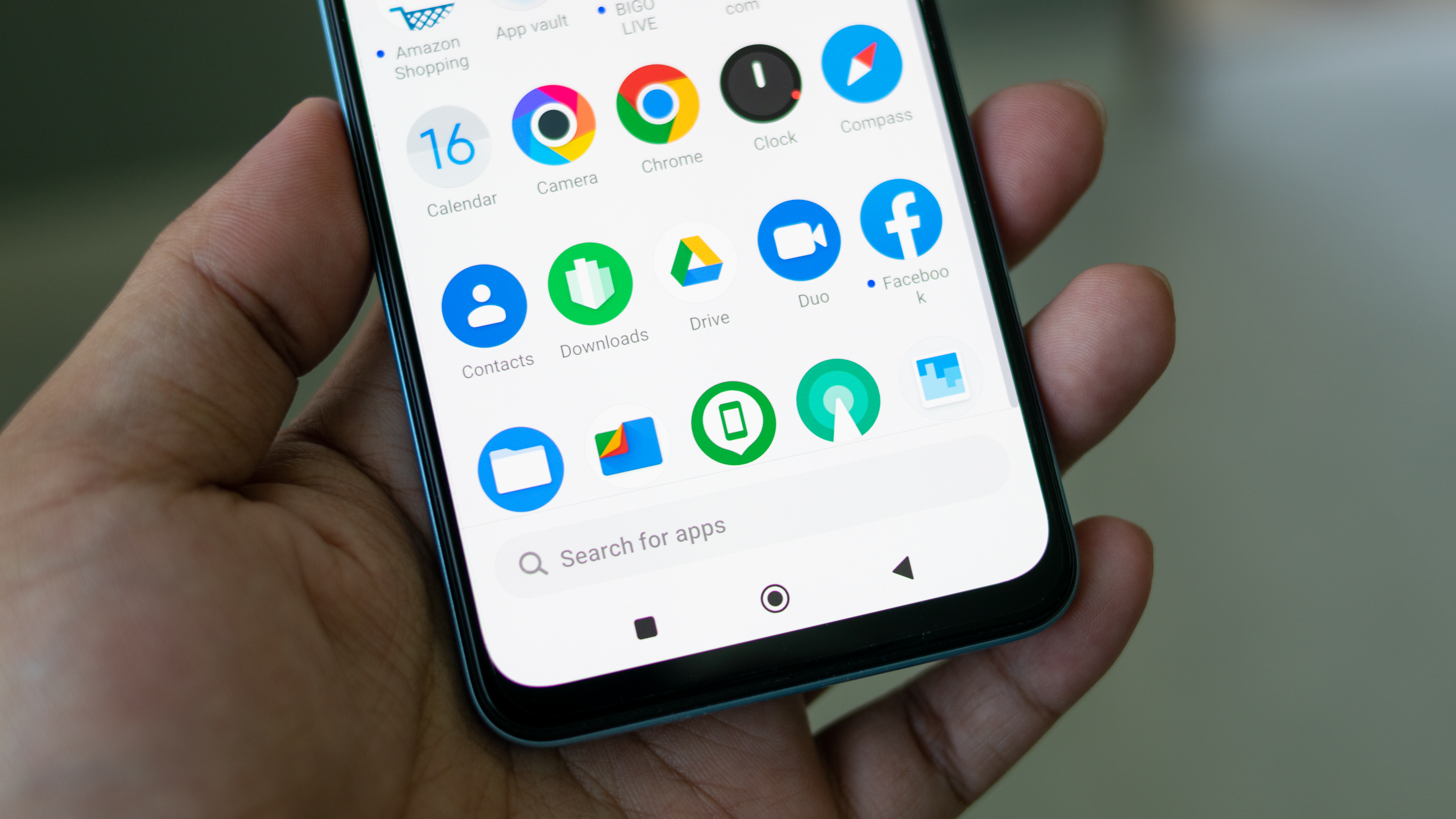
But a more significant annoyance with the phone is that it runs Android 12-based MIUI 13 out of the box. Poco has yet to share a specific timeline for the phone's Android 13 update, and Xiaomi isn't known for releasing software updates as quickly as Samsung and Google.
The single bottom-firing speaker doesn't help matters either. I could barely hear audio from HBO's The Last of Us series, and what I did hear was mostly tinny. However, it's difficult to expect premium-quality audio from a phone in this price range, so it's a tradeoff you'll have to accept.
Poco X5: Competition
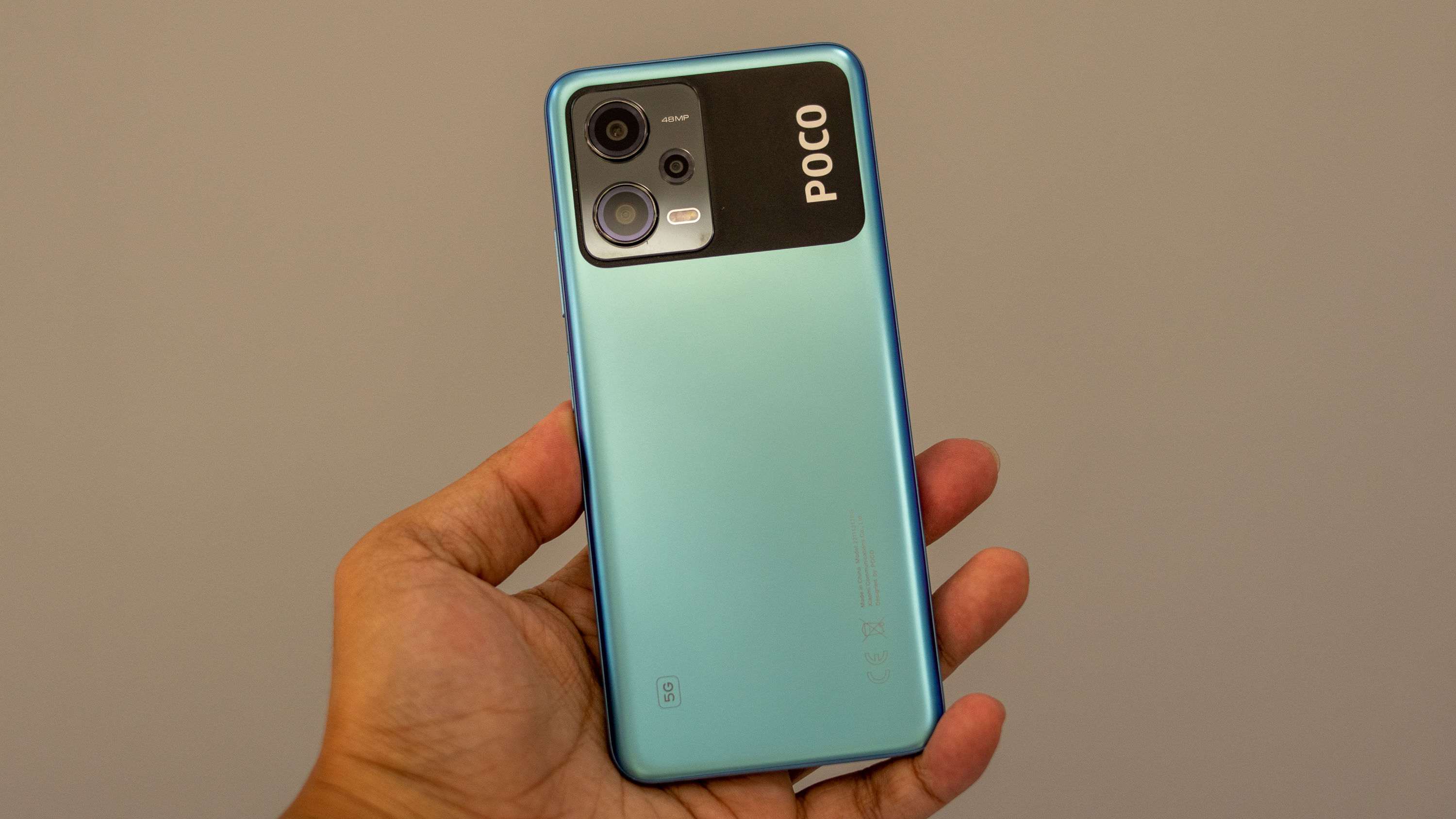
Xiaomi rules the budget phone market, but there are plenty of cheaper alternatives to the Poco X5. If you want a phone with great design and build, great battery life, and excellent cameras, the OnePlus Nord N20 5G is a good option. And it's in the same ballpark as the Poco X5, retailing for a base price that starts at $280.
The Moto G Stylus 2022, on the other hand, packs something you won't normally find at this price point: a built-in stylus. The included pen complements the handset's great performance and outstanding camera, although you only get one major upgrade. The good part is that it starts at only $180 from Motorola's online storefront right now.
Poco X5: Should you buy it?
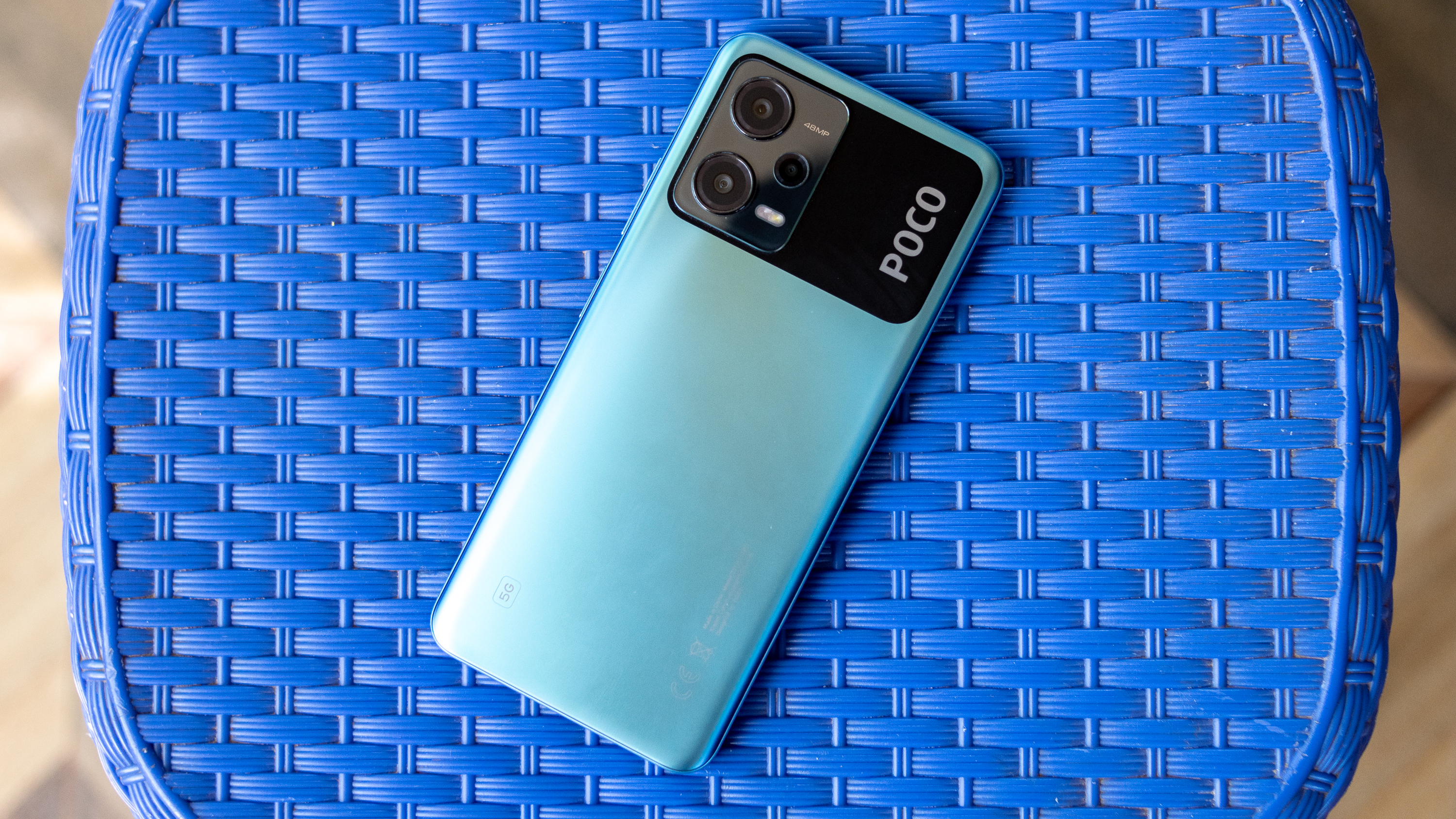
You should buy it if...
- You want a super-smooth 120Hz screen.
- Battery life matters a lot to you.
- You're looking for a phone with decent daytime shots.
You should not buy it if...
- You hate middling speakers.
- Stuttering performance annoys you.
- Tons of bloatware drive you mad.
Given the Poco X5's low price, it may be difficult to find any flaws with this device. The main camera sensor takes decent photos in daylight, the AMOLED display is excellent, and the battery life is impressive. To be able to get all this at an affordable price is very welcome if you're penny-pinching.
You'll be disappointed, though, if you're looking for any wireless or reverse charging capabilities, but it comes with the territory. The biggest drawback is that the Poco X5 is living in the shadow of the Poco X4 Pro when you consider bang for the buck.
But if you want a more powerful processor, excellent cameras, and faster charging speeds on the latest models, the Poco X5 Pro is the way to go.
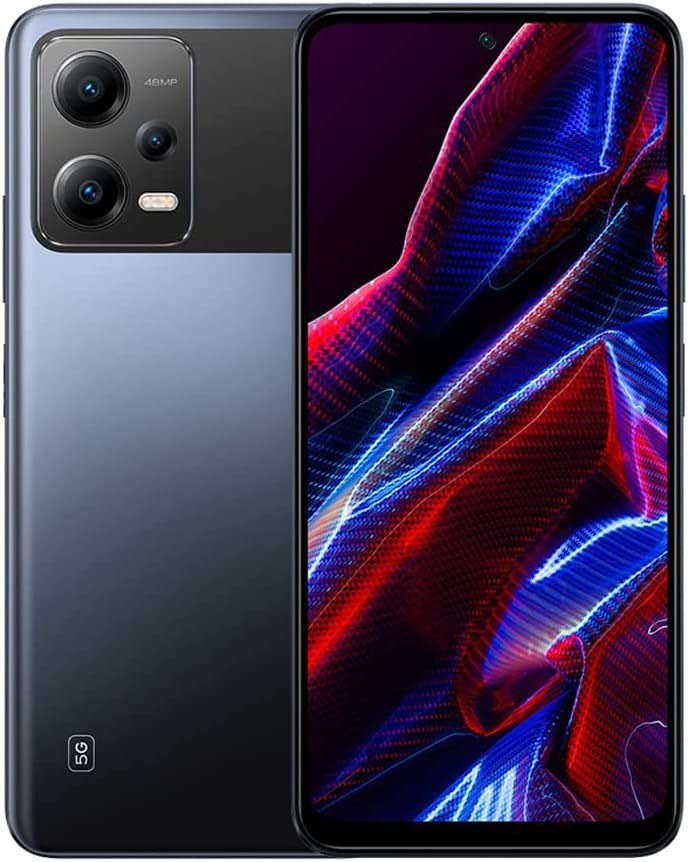
The Poco X5 is an excellent phone for casual content consumption, especially given its low price and high-end 120Hz AMOLED display. This is the phone to get if you want to watch movies and TV shows primarily without breaking the bank.

Jay Bonggolto always keeps a nose for news. He has been writing about consumer tech and apps for as long as he can remember, and he has used a variety of Android phones since falling in love with Jelly Bean. Send him a direct message via X or LinkedIn.

